The rise of automated engagement tools has changed how platforms handle suspicious activity. Many creators assume bot-driven likes, especially those that come from services where people buy YouTube likes, slip through unnoticed, but that is far from accurate. Modern systems are built to detect irregular behavior at high speed. They watch patterns, enforce strict thresholds, and apply verification layers that stop non-human actions before they spread. Understanding how these systems work provides clarity and helps creators avoid choices that might damage their channels. It also highlights how platforms balance fairness and protection for every user.
API Rate Limits as the First Line of Defense
API rate limits act as a gatekeeper. They restrict how many actions a single account or system can perform within a set timeframe. When bots deliver likes, they usually attempt to push actions faster than real users naturally would. This speed leaves a trace. The platform spots accelerations that break normal pacing. Even if the bot tries to slow down, the pattern still appears too controlled. These signals help YouTube identify the difference between organic interaction and scripted behavior. Rate limits keep the system stable and predictable.
IP Fingerprinting and Pattern Tracking
Every connection leaves behind details. IP addresses, device fingerprints, and network identifiers reveal how engagement spreads. Bots often operate on shared servers or proxy chains. These environments generate clusters of identical or near-identical fingerprints. YouTube’s security layers match these clusters against known patterns of abusive systems. If likes originate from a narrow network footprint, the platform considers it a warning sign. Real viewers come from varied signals and locations. A flood of identical fingerprints breaks that natural diversity. Pattern tracking maintains a safer environment for creators.
Behavior Modeling Through Machine Learning
Machine learning models handle vast amounts of engagement data. They look for signals that hint at manipulation. The models consider timing, velocity, network quality, and device characteristics. They also track how accounts behave before and after liking a video. Bots rarely replicate the mix of scrolling, commenting, and viewing that real users show. The models detect these mismatches. They then adjust their predictions in real time. This process helps the platform maintain strong detection without harming legitimate activity. It also helps ensure that creators benefit from authentic engagement.
How Request Frequency Reveals Automated Behavior

Request frequency is one of the clearest indicators of automation. Humans act in uneven rhythms. They pause. They scroll. They get distracted. Bots do none of that unless programmed to mimic it. Even then, the mimicry often lacks the subtle imperfections of real behavior. The system tracks how often likes are submitted and compares that data to historical norms. When the timing is too regular, the platform flags it. These comparisons allow the system to maintain accuracy and avoid false positives. This process keeps engagement trustworthy.
Authenticity Scoring and Interaction Context
Every engagement signal receives an authenticity score. This score depends on how the user reached the content, how long they stayed, and whether other interactions support the …



























 Regular uploads are one of the strongest signals to
Regular uploads are one of the strongest signals to 
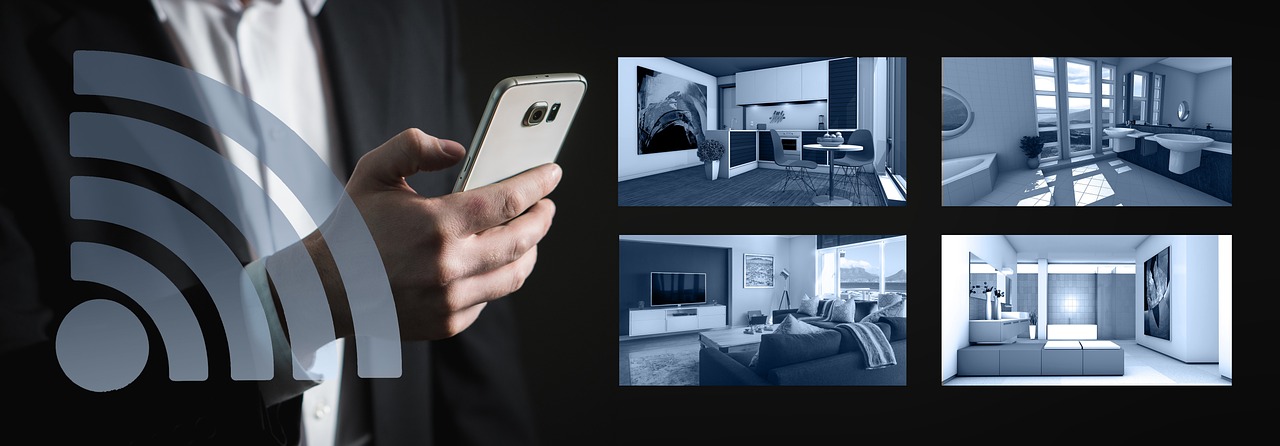
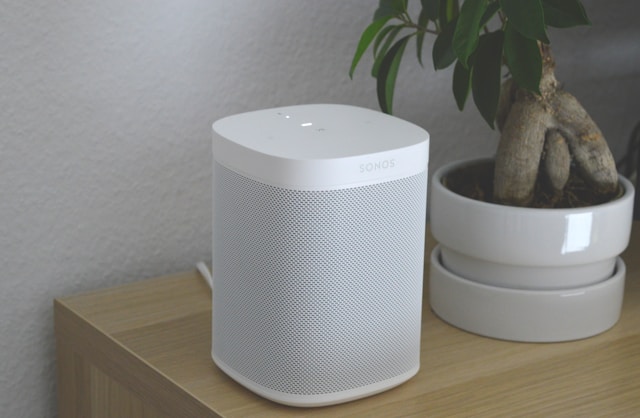















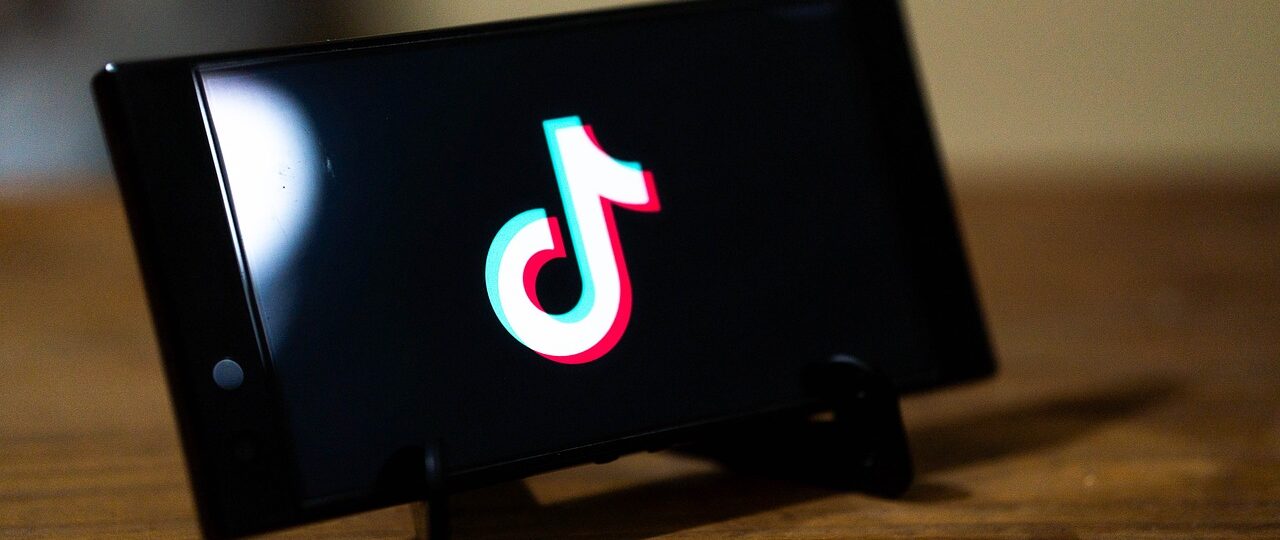


 Content scheduling automation eliminates the guesswork from your posting strategy. Instead of scrambling to post at random times, scheduling tools analyze your audience’s activity patterns and suggest optimal posting windows. This means your content reaches followers when they’re most likely to scroll, comment, and share. Automated scheduling also maintains consistency during busy periods, vacations, or creative blocks. Your followers begin to expect regular content, creating anticipation and habit formation around your posts.
Content scheduling automation eliminates the guesswork from your posting strategy. Instead of scrambling to post at random times, scheduling tools analyze your audience’s activity patterns and suggest optimal posting windows. This means your content reaches followers when they’re most likely to scroll, comment, and share. Automated scheduling also maintains consistency during busy periods, vacations, or creative blocks. Your followers begin to expect regular content, creating anticipation and habit formation around your posts. Analytics automation transforms mountains of data into actionable insights without requiring a statistics degree. Automated reporting tools track your follower growth, engagement rates, and content performance across different periods. These systems identify your top-performing content types, optimal posting times, and audience demographics automatically. Instead of manually calculating engagement rates or tracking hashtag performance, automation presents clear dashboards with growth trends and recommendations.
Analytics automation transforms mountains of data into actionable insights without requiring a statistics degree. Automated reporting tools track your follower growth, engagement rates, and content performance across different periods. These systems identify your top-performing content types, optimal posting times, and audience demographics automatically. Instead of manually calculating engagement rates or tracking hashtag performance, automation presents clear dashboards with growth trends and recommendations.
 Optimizing your network settings can significantly improve your gaming experience. Start by checking your router’s Quality of Service (QoS) settings. Prioritizing traffic for gaming helps reduce latency and lag. Switching to a wired connection is another game-changer. Ethernet cables provide a stable link, minimizing interference common with Wi-Fi signals. Adjusting the channel frequency can also make a difference. If you’re on a crowded network, moving from 2.4 GHz to 5 GHz reduces congestion and boosts performance.
Optimizing your network settings can significantly improve your gaming experience. Start by checking your router’s Quality of Service (QoS) settings. Prioritizing traffic for gaming helps reduce latency and lag. Switching to a wired connection is another game-changer. Ethernet cables provide a stable link, minimizing interference common with Wi-Fi signals. Adjusting the channel frequency can also make a difference. If you’re on a crowded network, moving from 2.4 GHz to 5 GHz reduces congestion and boosts performance.


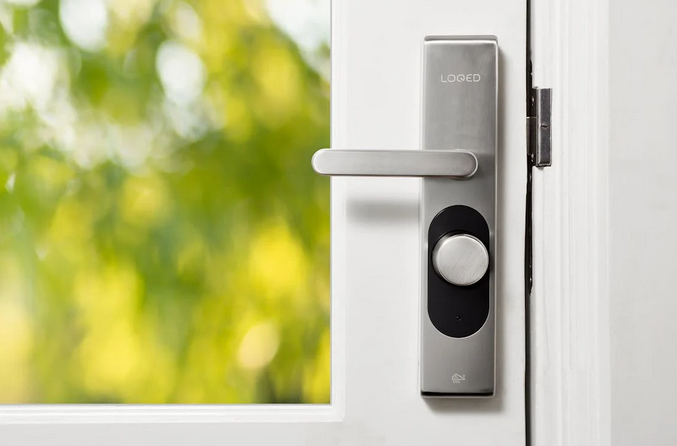
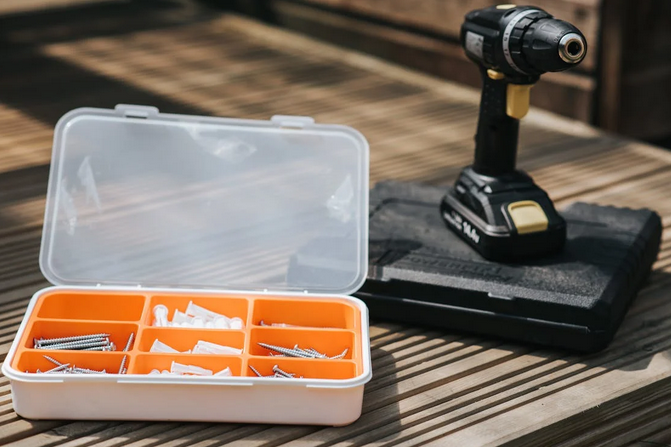
 Diginytt has specific requirements when it comes to Z-Wave frequency
Diginytt has specific requirements when it comes to Z-Wave frequency 



 A gaming computer has to deliver power. Over the years, power has been associated with size. This is the same case when it comes with gaming laptops. As you increase the laptop’s performance capability, you need to increase its size. This is necessary to accommodate the excess heat that it dissipates.
A gaming computer has to deliver power. Over the years, power has been associated with size. This is the same case when it comes with gaming laptops. As you increase the laptop’s performance capability, you need to increase its size. This is necessary to accommodate the excess heat that it dissipates. Intel is leading in making high-performance CPUs. Another company that is providing worth competition AMD Ryzen. You should not ignore the power of a CPU if you want a high-performance laptop. Also, GPU plays an important role. Also, you should avoid laptops that are optimized for battery life. If you are a casual gamer, you can go for a Core i5.
Intel is leading in making high-performance CPUs. Another company that is providing worth competition AMD Ryzen. You should not ignore the power of a CPU if you want a high-performance laptop. Also, GPU plays an important role. Also, you should avoid laptops that are optimized for battery life. If you are a casual gamer, you can go for a Core i5.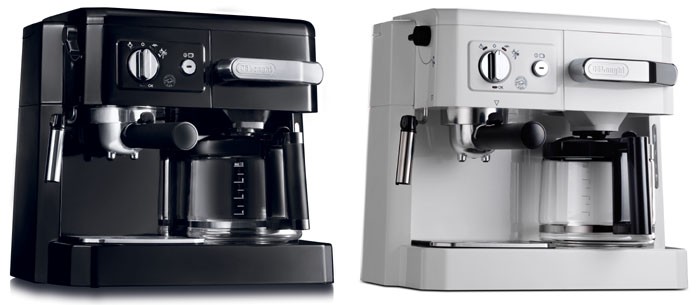

 You need to grind the coffee beans to brew fresh coffee every time. For ease of brewing fresh coffee, you need a coffee grinder. The market is today equipped with such grind and brew coffee makers that have an inbuilt grinder. You should fill up the coffee bean hopper on the top of the coffee machine then you are ready for your cup of coffee.
You need to grind the coffee beans to brew fresh coffee every time. For ease of brewing fresh coffee, you need a coffee grinder. The market is today equipped with such grind and brew coffee makers that have an inbuilt grinder. You should fill up the coffee bean hopper on the top of the coffee machine then you are ready for your cup of coffee.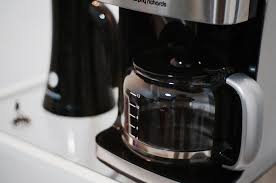
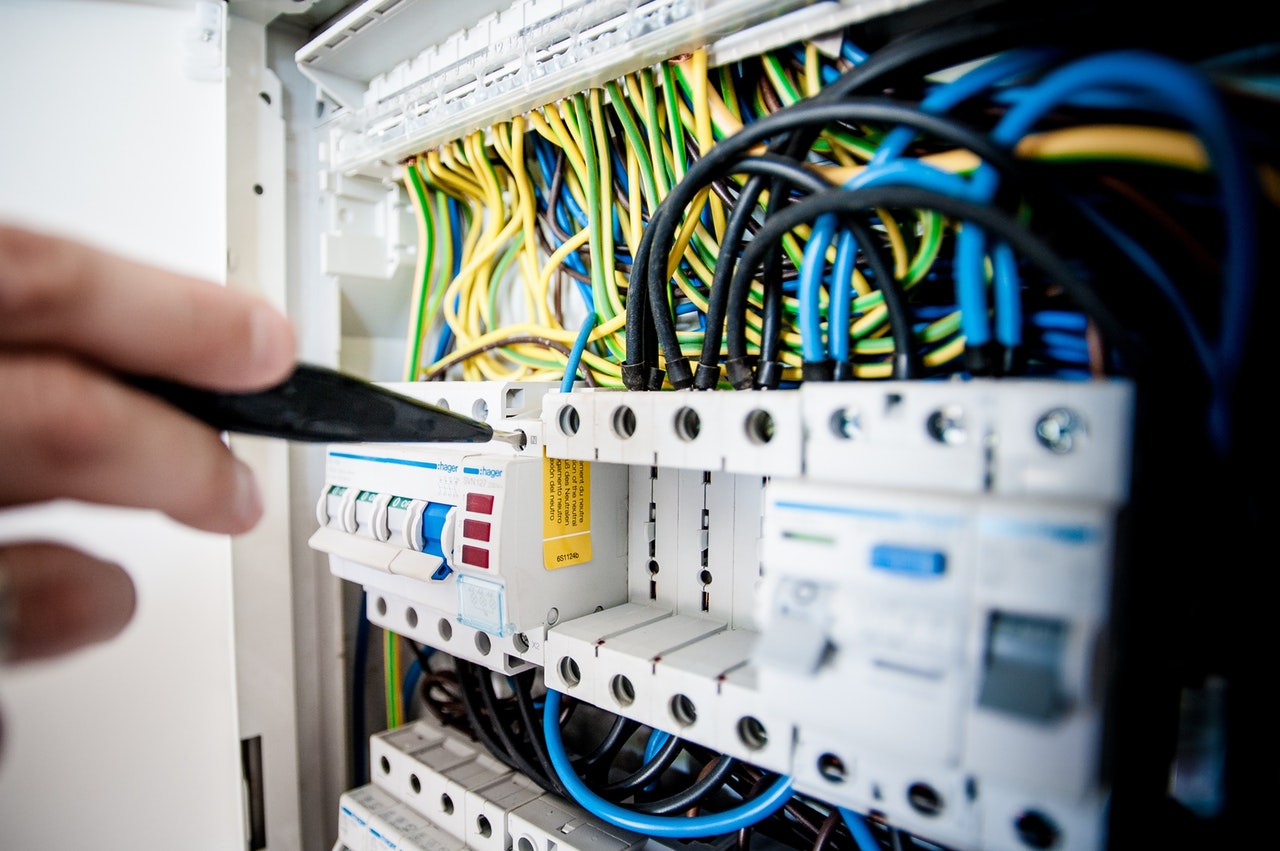

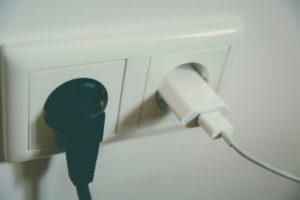 There are times when your house might lose power due to constant heavy rains, storms, or another unwanted cause. Restoring the power can be a piece of cake in this case. However, there are things that you need to do before getting the power back to the house.
There are times when your house might lose power due to constant heavy rains, storms, or another unwanted cause. Restoring the power can be a piece of cake in this case. However, there are things that you need to do before getting the power back to the house.


 Today even in the world of business organizations, things are going the technical way. They are handled and operated with high technology devices and by using the internet, security has become an important part of it. Nowadays, the internet connection has become part and parcel of the business operations, and without it, the company cannot operate effectively. With the internet connections, your company is presented to the outside world, and your business starts to grow a great deal and in many aspects.
Today even in the world of business organizations, things are going the technical way. They are handled and operated with high technology devices and by using the internet, security has become an important part of it. Nowadays, the internet connection has become part and parcel of the business operations, and without it, the company cannot operate effectively. With the internet connections, your company is presented to the outside world, and your business starts to grow a great deal and in many aspects.

 With so many brands on the market, finding a perfect kids activity tracker for your kids is never a simple task. You will need to do a lot of research so that at the end of it, you buy a device that you will always be proud of. You can also get advice from those who have already bought it as they are better placed to provide you with the information that you need to make the right choice. In addition to that, online reviews are an important source of the information that you are looking for. They get to give you the thoughts of those people who have used the product before.
With so many brands on the market, finding a perfect kids activity tracker for your kids is never a simple task. You will need to do a lot of research so that at the end of it, you buy a device that you will always be proud of. You can also get advice from those who have already bought it as they are better placed to provide you with the information that you need to make the right choice. In addition to that, online reviews are an important source of the information that you are looking for. They get to give you the thoughts of those people who have used the product before. Sometimes when you go out there to buy a fitness tracker, it is good to put into consideration the activities that your kids will be involved in. For instances, if there is water involved the entire activity, then it will be prudent if you for the one that is waterproof. The good thing is that are many fitness trackers that can be used to give reports from swimming pools because they are waterproof.…
Sometimes when you go out there to buy a fitness tracker, it is good to put into consideration the activities that your kids will be involved in. For instances, if there is water involved the entire activity, then it will be prudent if you for the one that is waterproof. The good thing is that are many fitness trackers that can be used to give reports from swimming pools because they are waterproof.…
 Blogging is one of the greatest, easiest and most effective way of reaching out to people and giving them the information that they are looking for. There exist a host of topics out there that an individual can write about. All you need to do is choose that topic that will be most useful to a large number of people. Once you have created a blog, you can write articles and engage in other activities like internet marketing that can increase your income.
Blogging is one of the greatest, easiest and most effective way of reaching out to people and giving them the information that they are looking for. There exist a host of topics out there that an individual can write about. All you need to do is choose that topic that will be most useful to a large number of people. Once you have created a blog, you can write articles and engage in other activities like internet marketing that can increase your income.

 g laptop is not the one you are using at school or work. It is not just a simple laptop. You can read more about these laptops before making a buying decision. The good thing about cheap gaming laptops is that they can be used to perform others things such as study and work. This is because they have a lot of power and processing capability and hardware inside the case. This is necessary to maximize speed. Moreover, they have excellent graphics. They are known to have good networking capabilities and greater memory.
g laptop is not the one you are using at school or work. It is not just a simple laptop. You can read more about these laptops before making a buying decision. The good thing about cheap gaming laptops is that they can be used to perform others things such as study and work. This is because they have a lot of power and processing capability and hardware inside the case. This is necessary to maximize speed. Moreover, they have excellent graphics. They are known to have good networking capabilities and greater memory. er that gaming notebooks are not cheaply made computers. In fact, the best can be compared to a workstation computer. Workstations have a lot of power and speed to command loads in real time. This means that you cannot experience delays or lags. One of the problems that are associated with playing games on a traditional laptop is that they are designed for text display, not graphics and motion.
er that gaming notebooks are not cheaply made computers. In fact, the best can be compared to a workstation computer. Workstations have a lot of power and speed to command loads in real time. This means that you cannot experience delays or lags. One of the problems that are associated with playing games on a traditional laptop is that they are designed for text display, not graphics and motion.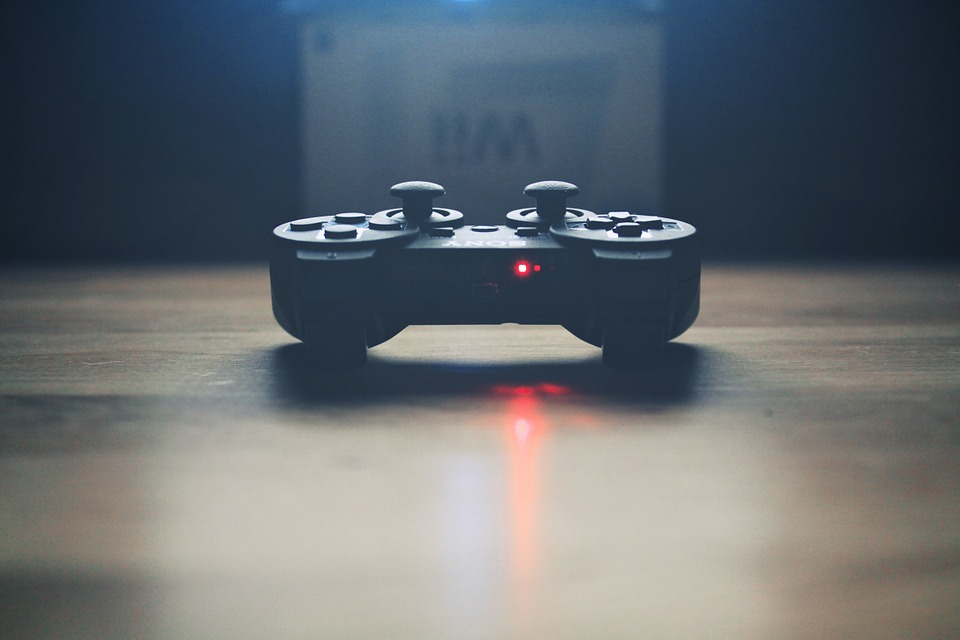

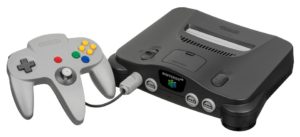 We have seen that a good gaming chair should help you maintain an upright posture throughout your game so let’s elaborate on some more qualities;
We have seen that a good gaming chair should help you maintain an upright posture throughout your game so let’s elaborate on some more qualities;
 As we have seen, doorbells are our newest identity. This all depends on the type of video doorbell you choose. The best part is that you can shop for the best doorbells online. They are complete with all the features you have ever dreamed of. The best will only make your life easier with all the features.
As we have seen, doorbells are our newest identity. This all depends on the type of video doorbell you choose. The best part is that you can shop for the best doorbells online. They are complete with all the features you have ever dreamed of. The best will only make your life easier with all the features.

 especially for gamers with sweaty hands, the mouse gets slippery, making controlling a game very hard. To mitigate this issue, it is best to buy a mouse that has a well-built grip to allow for easy use. In most cases, this is done by coating the mouse’s surface with a material like rubber that provides grip. Another fantastic means is designing the mouse so that it naturally fits the shape of the hand, making it very easy to handle while gaming. Before making the purchase, read the product description to make sure that you are satisfied with the grip measures that are put in place.
especially for gamers with sweaty hands, the mouse gets slippery, making controlling a game very hard. To mitigate this issue, it is best to buy a mouse that has a well-built grip to allow for easy use. In most cases, this is done by coating the mouse’s surface with a material like rubber that provides grip. Another fantastic means is designing the mouse so that it naturally fits the shape of the hand, making it very easy to handle while gaming. Before making the purchase, read the product description to make sure that you are satisfied with the grip measures that are put in place. This is a very important feature especially for playing MMO games over the internet. While other have to use keyboard and mouse combinations, a programmable mouse will give the opportunity to undertake certain actions using a single button. For the serious gamer, it is important to get a mouse that is programmable. Also pay attention to where the programmable buttons are places, ensuring that you will be comfortable using them.…
This is a very important feature especially for playing MMO games over the internet. While other have to use keyboard and mouse combinations, a programmable mouse will give the opportunity to undertake certain actions using a single button. For the serious gamer, it is important to get a mouse that is programmable. Also pay attention to where the programmable buttons are places, ensuring that you will be comfortable using them.…
 ood to attract customers. This is one of the best features of the shopify e-commerce hosting. Once you get the e-commerce site, you will first experience the basic and the minimum look which is okay for a starter.
ood to attract customers. This is one of the best features of the shopify e-commerce hosting. Once you get the e-commerce site, you will first experience the basic and the minimum look which is okay for a starter.


 Where there is greatest metal intensity potential is what referred as Productive area. By looking for valuable metal objects so that whenever the metal detector beeps, explore that area two times at 90 degrees from every other to have a surety that the entire area covered completely.
Where there is greatest metal intensity potential is what referred as Productive area. By looking for valuable metal objects so that whenever the metal detector beeps, explore that area two times at 90 degrees from every other to have a surety that the entire area covered completely.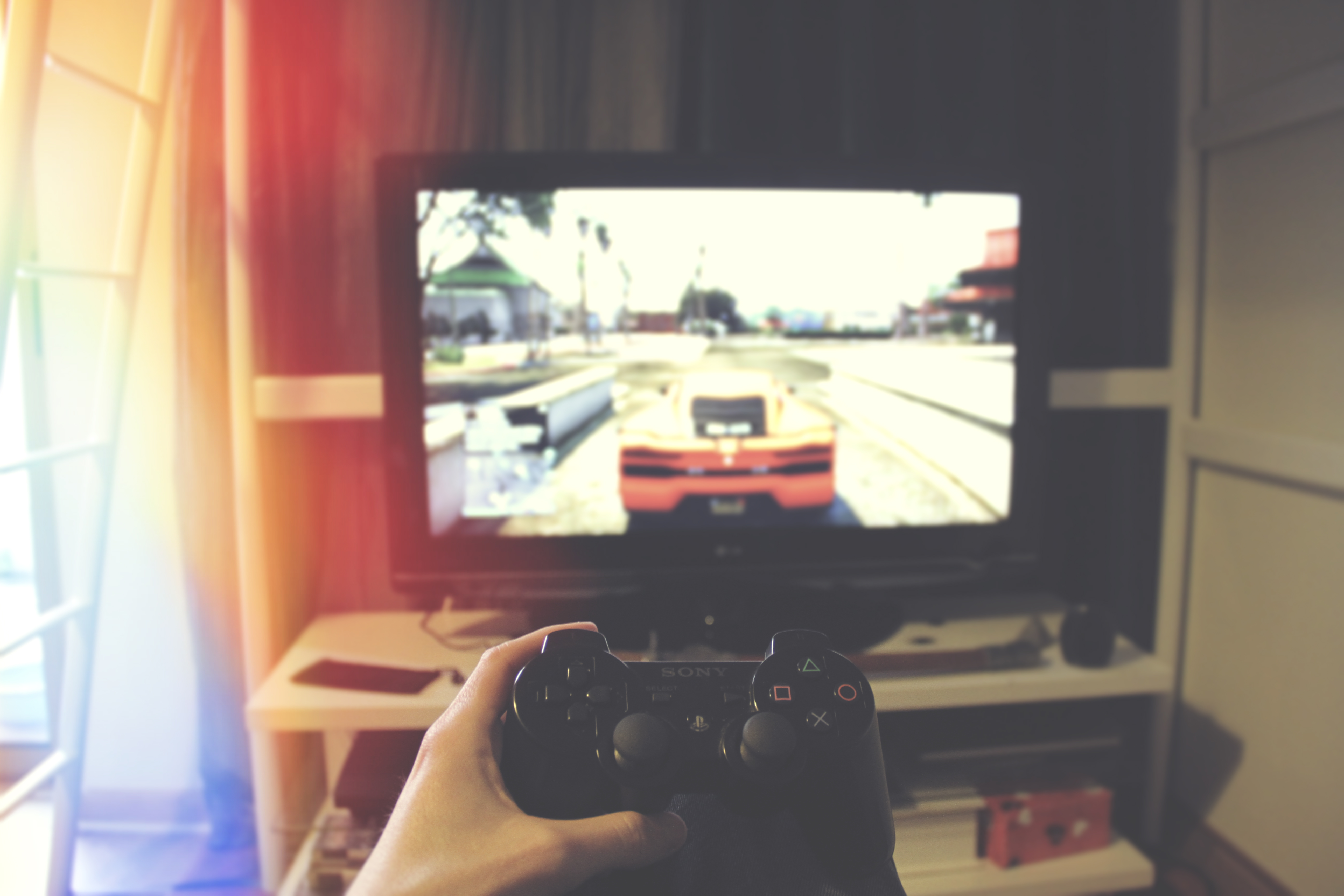

 The chairs will range in price depending on the features they have and the material used. If the user also wants a seat with additional properties, they may have to pay more.…
The chairs will range in price depending on the features they have and the material used. If the user also wants a seat with additional properties, they may have to pay more.…
 eed to visit the center personally and find out professionally they hand the calls that they already have in their possession. Look at how organized the office is and they welcome you. If they welcome you in a friendly manner, then that means that they are capable of handling your services in a professional manner.
eed to visit the center personally and find out professionally they hand the calls that they already have in their possession. Look at how organized the office is and they welcome you. If they welcome you in a friendly manner, then that means that they are capable of handling your services in a professional manner.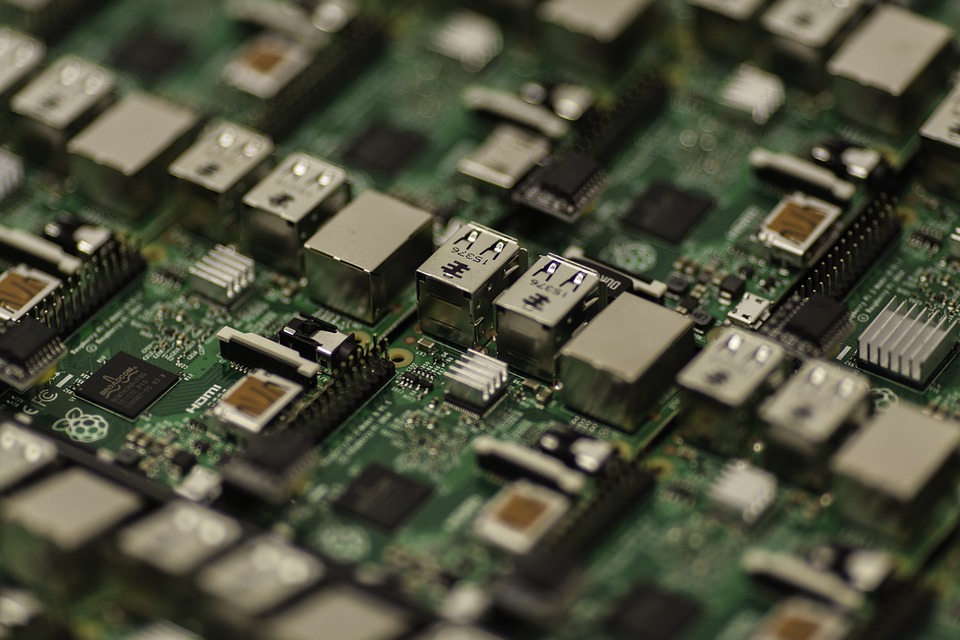
 When IT services are outsourced, the costs which are fixed are turned into variable costs and it allows a firm to budget well according to its financial status. The business will be able to make payments for items which will be used when they will be required.
When IT services are outsourced, the costs which are fixed are turned into variable costs and it allows a firm to budget well according to its financial status. The business will be able to make payments for items which will be used when they will be required. An IT service firm which is outsourced and is the best in the market will have the resources so as new projects can commence at the right time. When the same project is handled internally, it might take longer to initiate because of the duration is made during hiring and training the staff required. These quality IT service companies will use experienced workers and in the long run saving time and money.
An IT service firm which is outsourced and is the best in the market will have the resources so as new projects can commence at the right time. When the same project is handled internally, it might take longer to initiate because of the duration is made during hiring and training the staff required. These quality IT service companies will use experienced workers and in the long run saving time and money.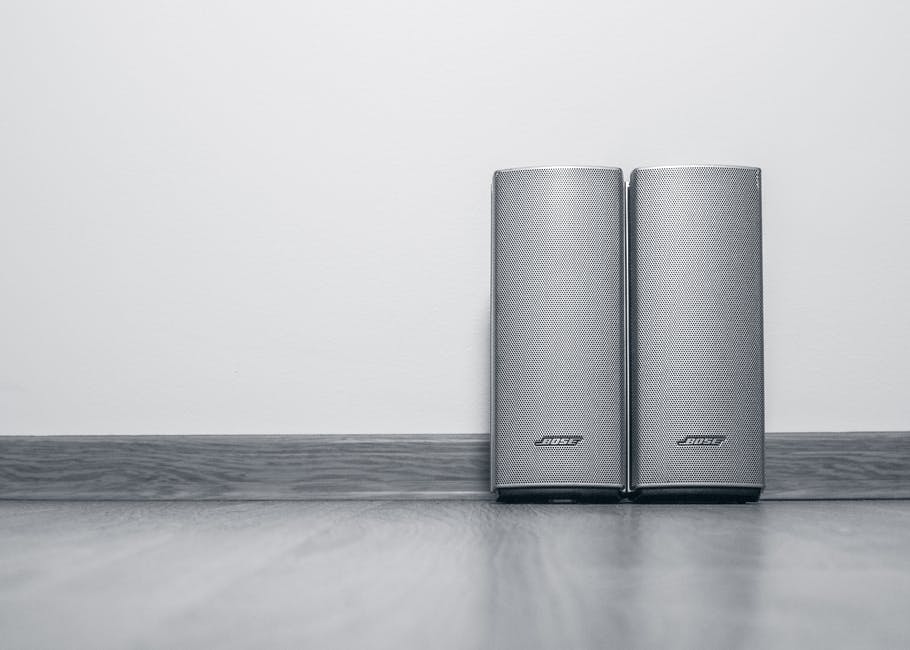

 are making any purchase, style should also be considered as a factor. The aesthetic design of your speaker often emphasizes technological affinity, modernity, and efficiency. Most of these speakers are available in a wide range of selection ranging all the way from patterns, colors, and decorative images, as well. In the end, when making a choice your taste and preference will always prevail…
are making any purchase, style should also be considered as a factor. The aesthetic design of your speaker often emphasizes technological affinity, modernity, and efficiency. Most of these speakers are available in a wide range of selection ranging all the way from patterns, colors, and decorative images, as well. In the end, when making a choice your taste and preference will always prevail…
 Reducing the Probability of the Cell phone to Heating up
Reducing the Probability of the Cell phone to Heating up

 Comfortability should be of primary concern when buying a laptop for work related purposes. Remember there are a lot of durable, chic and multi-functional laptop backpacks which are sold in the market but only a few considers the comfort of the carrier. High Sierra Swerve Laptop Backpack and Lincoln Park are some of the best backpacks which give the user comforts. The two are made for professionals and as well suits students. They had lot of pockets and padded shoulder straps which add the carrying comfort
Comfortability should be of primary concern when buying a laptop for work related purposes. Remember there are a lot of durable, chic and multi-functional laptop backpacks which are sold in the market but only a few considers the comfort of the carrier. High Sierra Swerve Laptop Backpack and Lincoln Park are some of the best backpacks which give the user comforts. The two are made for professionals and as well suits students. They had lot of pockets and padded shoulder straps which add the carrying comfort